" Yep. Eight cylinders. 500 ccs. Eight carbs. 78 BHP. 148KG without the juice. This monster from the middle of the 1950s might look a cumbersome beast but there's something brutally beautiful about it, right? God knows how that fairing coped with sidewinds "

Moto Simpatico!
Photos Michael Fordham/Influx
Italian bikes have been a long love affair, but fathoming quite why is not an easy task.
The bike part is no great mystery. Dad was a life-long rider and fettler. With the war just ended, he courted mum on a recently de-mobbed Norton 16H, civilianised (which really means ‘painted silver’) in his mum’s Pimlico basement.
Twenty or so years later he was still taking my oldest brother’s T120 Bonneville for quick Sunday blasts along the final 15 miles of a sinuous A30 to Lands End. When I went to big school he would deliver me to the gates on the pillion of a T250 Suzuki.
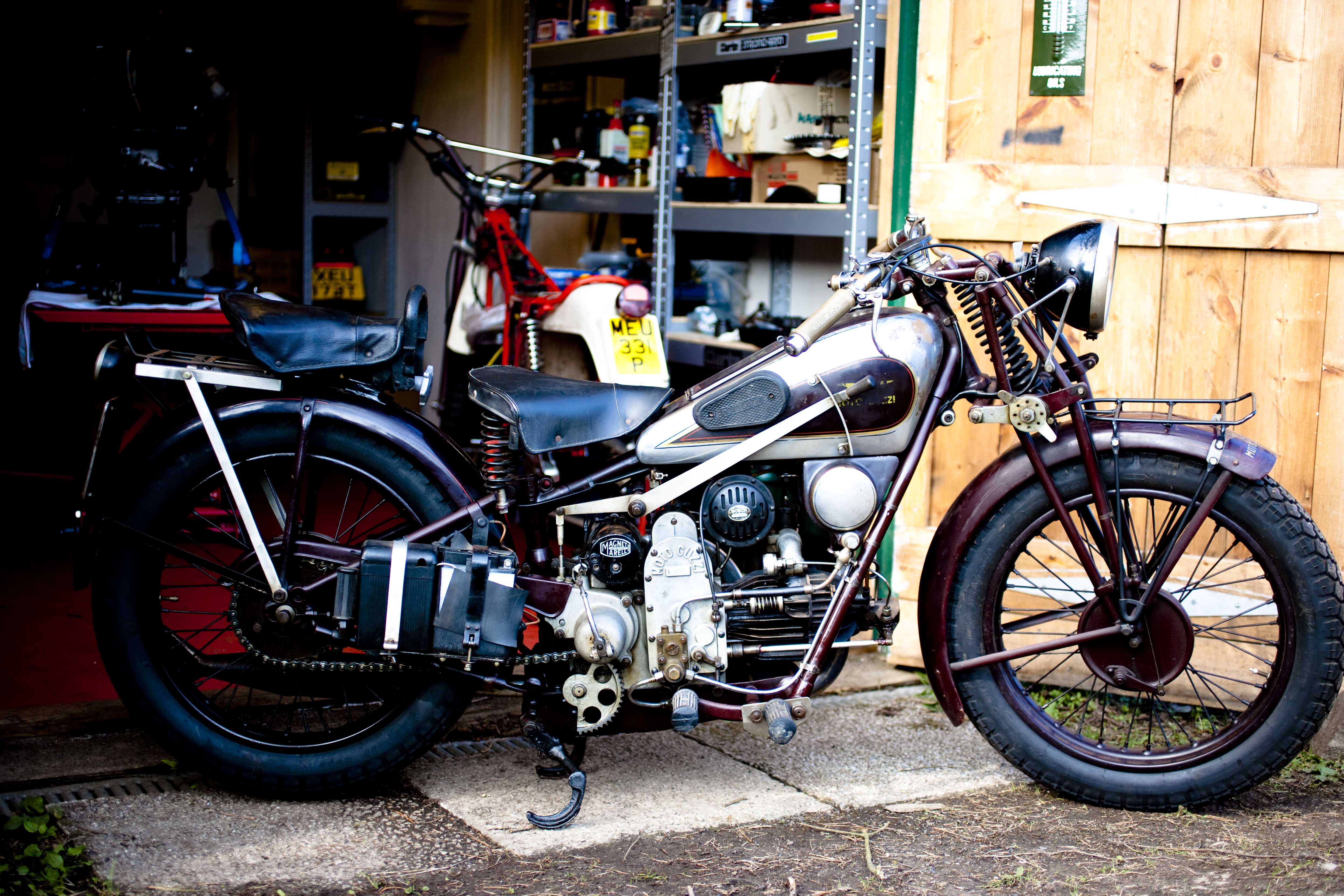
And you might say that the Italian bit is a no-brainer too. Haven’t they rather obviously made some of the most achingly beautiful bikes of the last 90 years? Delve a little deeper and aren’t they also laced with superb engineering? What is there not to love about a Ducati Darmah or a 900SS from 1979, or indeed any Ducati with one of those gorgeous, knobbly bevel-drive motors – single or twin?
And, to paraphrase Oscar Wilde, you’d have to have a heart of stone to look at a Moto Guzzi V7 Sport (1971-1973), the forerunner of the better known Le Mans, and not smile. I do love riding my own Italian twins, but it’s a mistake to overlook the big singles, like the Sport 15, built from 1931 when the Guzzi factory was still young and a real innovator.
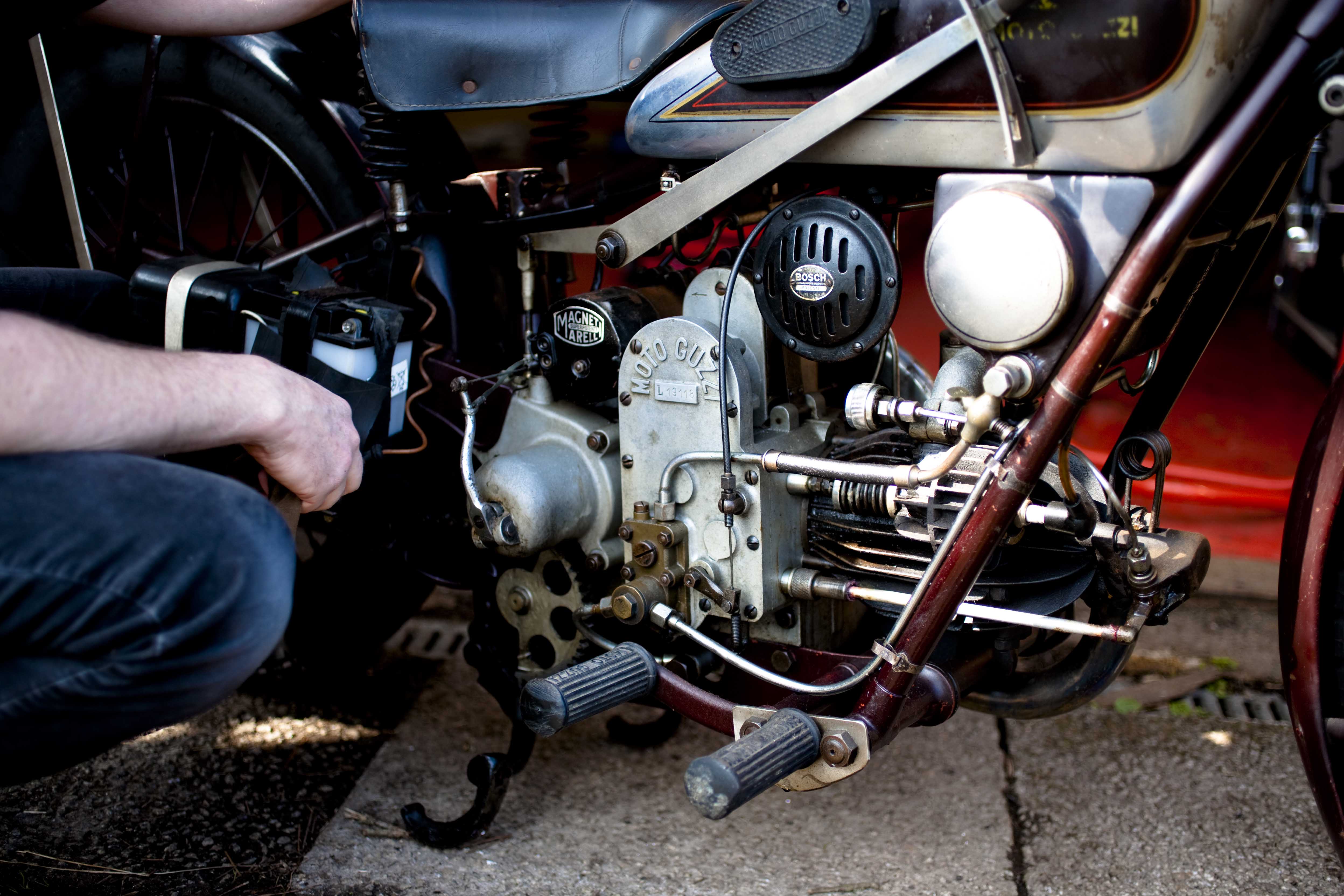
And then there’s the many beautiful, jewel-like lightweights. Ducati’s sporting singles are well known and much loved, and rightly so. But that’s just the rather obvious tip of a throbbing iceberg. My 1957 Moto Guzzi Lodola 175cc was made as a commuter bike, and yet it is still blessed with a lovingly designed and punchy OHC motor.
Many Italian lightweights are in fact stylish and inspiring road-legal off-roaders, built for Italy’s popular, ISDT-style regolarita racing. (The closest we have to these events in the UK are the three long distance, 24-hour trials still organised by the Motor-Cycle Club – the Lands End, the Exeter and the Edinburgh. I compete on a two-stroke Laverda; a very rare 250cc 2TR from 1976.)
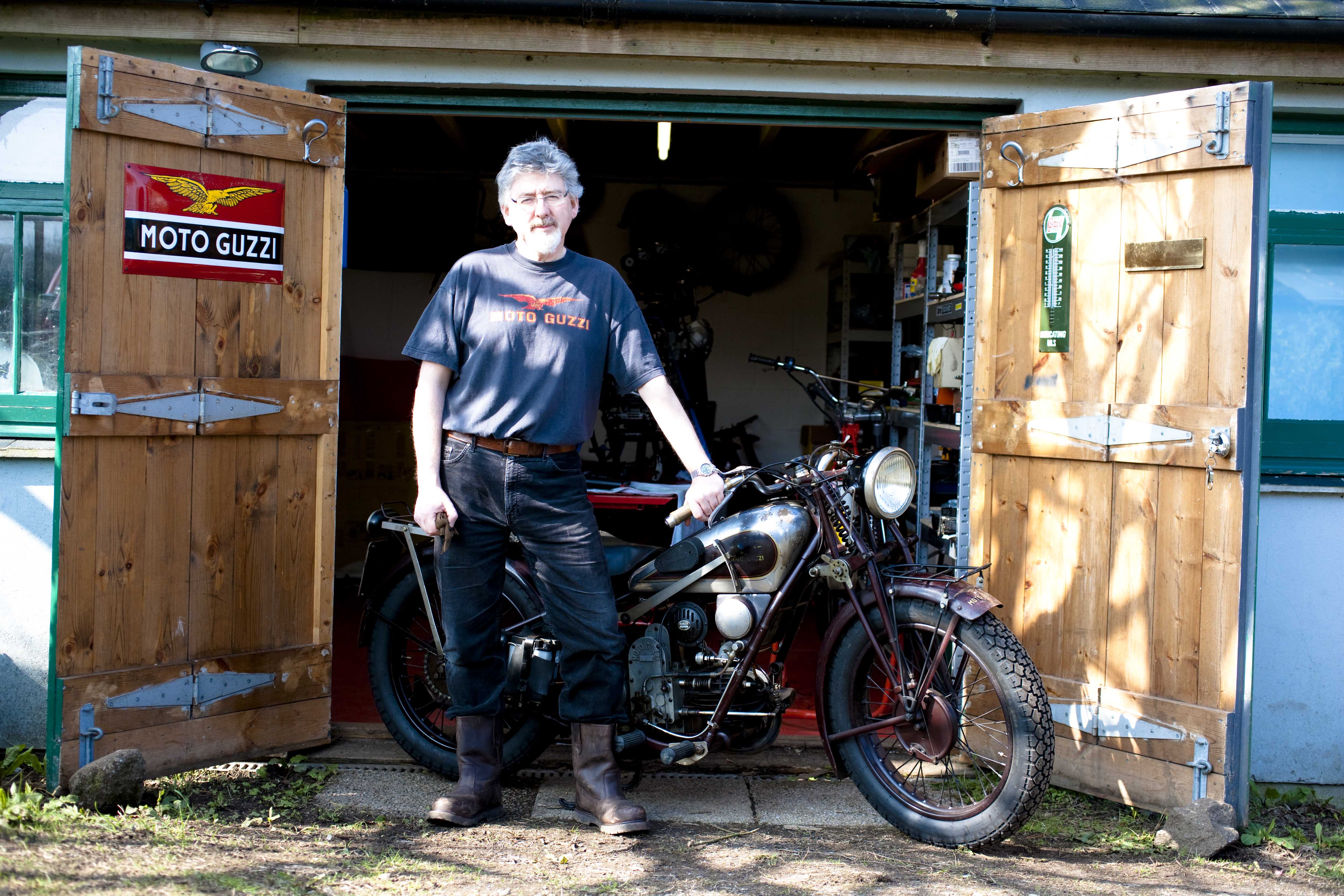
In 1966 I was seven years old, but I still have no recollection of this country’s “greatest sporting triumph”, nor of the iconic T120 Bonneville ridden at the time by my eldest brother. But close my eyes and I can vividly recall number two brother’s neat little 175cc Gilera, with its tiny race seat and hand-painted eagle’s head emblems on a full fairing. In the workshop awaiting a full restoration I now have a one-seven-five Gilera of my own.
It’s a 1963 Giubileo Extra; quite possibly the same model that my brother’s cafe racer was based on all those years ago. It came to me lifeless, with no spark and no sign of fuel at the carb. Last weekend I rewired the ignition and cleaned the fuel taps of their hard-packed crud. She fired on the first prod and settled into a steady tickover, the beat somehow matching the excited thump of my own heart. It was love. Again.
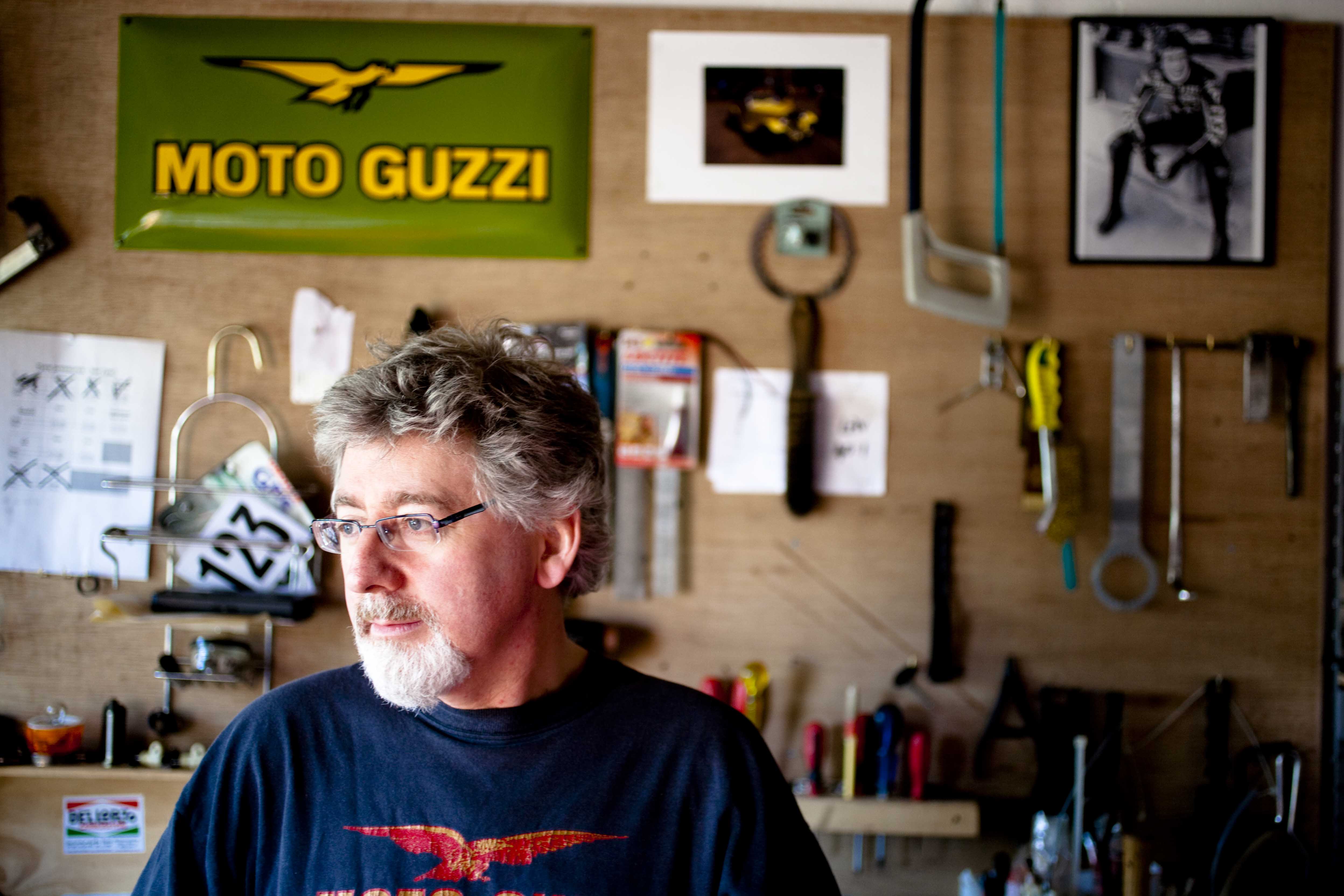
Moto Simpatico’s Trevor Maggs revives, restores, upgrades and maintains classic Italian motorcycles from his workshop in Cornwall for customers all over the UK. His own bikes have included Ducatis, Gileras and Laverdas, but the factory that has a special place in his heart is Moto Guzzi.
http://www.motosimpatico.com/
CLICK TO ENLARGE




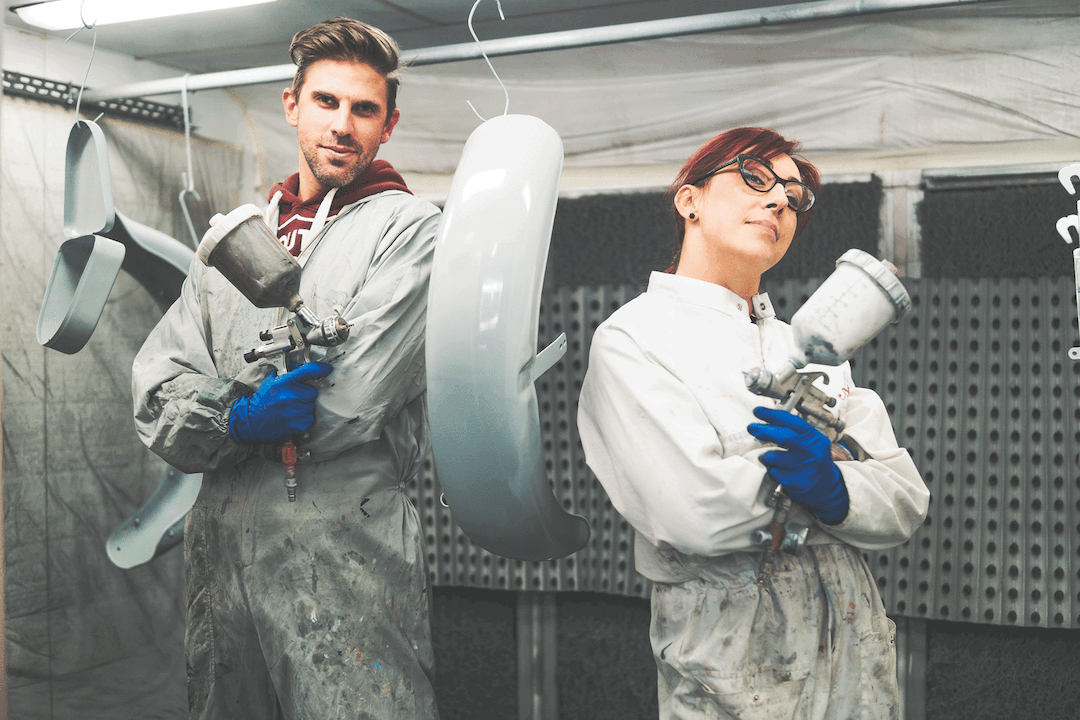






Lovely stuff.
A man after my own heart! My passion is vintage Japanese, but my past covers Brits Italian & German bikes. Keep up the excellent work. Let people of the future experience a LIVING, BREATHING functioning bike.